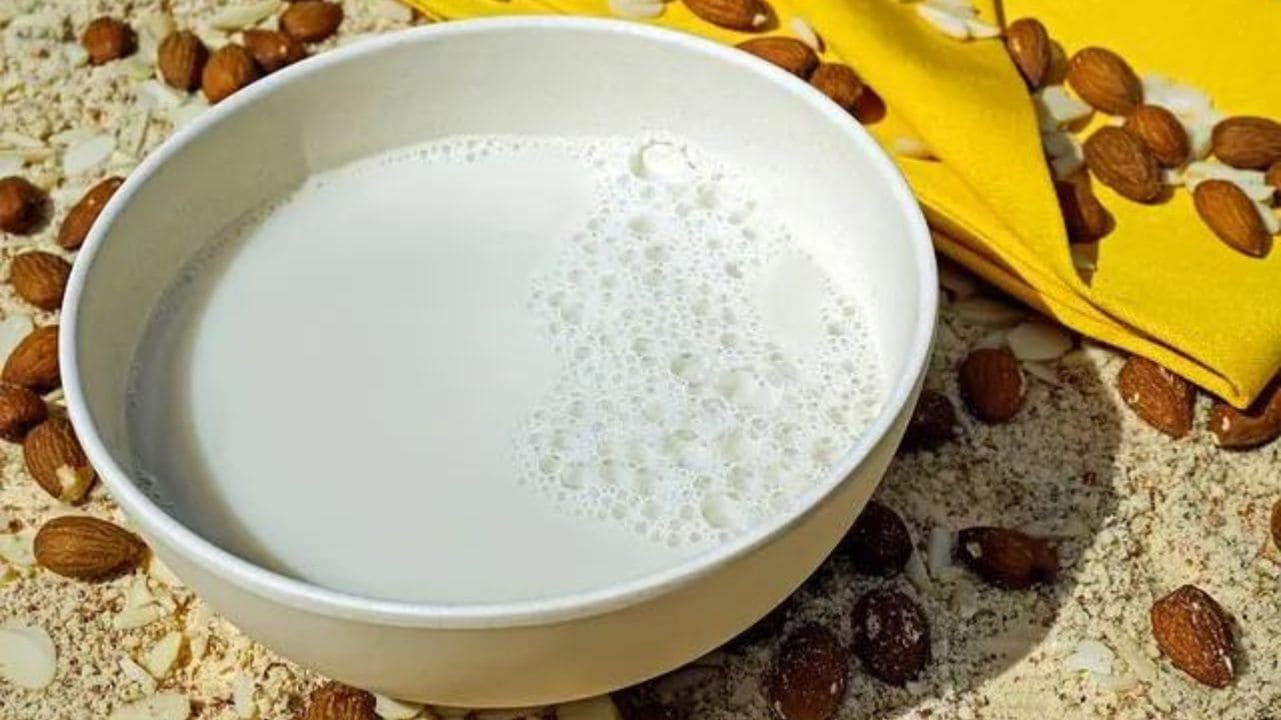wellhealthorganic buffalo milk tag has been an essential part of many cultures for centuries, prized for its rich, creamy texture and numerous health benefits. With the growing awareness of its nutritional superiority over cow milk, buffalo milk is gaining popularity worldwide. In this detailed guide, we will delve into the many facets of buffalo milk, including its nutritional benefits, uses in culinary and skincare applications, and its cultural and economic significance.

Nutritional Profile of Buffalo Milk
Buffalo milk is a powerhouse of nutrients. It is richer in fat, protein, and essential vitamins and minerals compared to cow milk. Here is a breakdown of the key nutrients found in wellhealthorganic buffalo milk tag:
- High Protein Content: Buffalo milk contains about 10-11% more protein than cow milk. This makes it an excellent source of high-quality protein for muscle building and repair.
- Rich in Vitamins: Buffalo milk is abundant in vitamins A, D, B2 (riboflavin), and B12. These vitamins are crucial for maintaining good vision, skin health, and overall energy levels.
- Minerals: It is a great source of calcium, magnesium, potassium, and phosphorus. These minerals are vital for bone health, muscle function, and cardiovascular health.
- Higher Fat Content: The fat content in buffalo milk is approximately 6-8%, which is significantly higher than cow milk. This higher fat content gives buffalo milk its rich, creamy texture and taste.
Health Benefits of Buffalo Milk

Boosts Immunity
Buffalo milk is rich in antioxidants such as vitamins A and E, which help boost the immune system. These antioxidants neutralize free radicals in the body, reducing the risk of chronic diseases and infections.
Improves Heart Health
Despite its high-fat content, buffalo milk can be beneficial for heart health. The presence of healthy fats, along with potassium, helps in maintaining blood pressure levels and reduces the risk of cardiovascular diseases.
Strengthens Bones
The high calcium and phosphorus content in buffalo milk makes it excellent for bone health. Regular consumption can help prevent osteoporosis and other bone-related disorders, especially in the elderly and growing children.
Promotes Healthy Skin
buffalo milk is rich in vitamins and minerals that are essential for skin health. Vitamin A and E in buffalo milk help in maintaining skin elasticity and prevent premature aging. The lactic acid in buffalo milk acts as a natural exfoliant, promoting smooth and glowing skin.
Culinary Uses of Buffalo Milk
Buffalo milk is incredibly versatile and can be used in various culinary applications. Here are some popular uses:
Cheese Production
Buffalo milk is the preferred choice for making mozzarella cheese, known for its smooth texture and rich flavor. Other types of cheese made from buffalo milk include ricotta and burrata.
Traditional Dishes
In many cultures, buffalo milk is used to prepare traditional dishes. For instance, in India, it is used to make sweets like rasgulla and rasmalai, as well as yogurt (dahi) and ghee.
Modern Recipes
Buffalo milk can be used in modern recipes such as smoothies, milkshakes, and desserts. Its creamy texture enhances the flavor and richness of these dishes.
Buffalo Milk in Skincare

Buffalo milk is not only beneficial when consumed but also has significant skincare benefits. Here are some ways it can be used in skincare:
Moisturizing
Buffalo milk is an excellent natural moisturizer. Its high-fat content helps in locking in moisture, making the skin soft and supple. It can be used in homemade face masks and lotions for intense hydration.
Anti-Aging
The antioxidants present in buffalo milk, such as vitamins A and E, help in combating the signs of aging. Regular use can reduce wrinkles and fine lines, giving a youthful appearance to the skin.
Exfoliation
Lactic acid in buffalo milk acts as a natural exfoliant. It helps in removing dead skin cells, promoting the regeneration of new skin cells, and leaving the skin radiant and smooth.
Environmental and Economic Impact
Sustainability
Buffalo farming is often more sustainable compared to cow farming. Buffaloes require less feed and water, making their farming practices more environmentally friendly. Additionally, they are more resistant to diseases, reducing the need for antibiotics and other medications.
Economic Importance
Buffalo milk plays a significant role in the dairy industry, especially in countries like India, Pakistan, and Italy. It supports the livelihoods of millions of farmers and contributes to the economy through the production of various dairy products.
Cultural Significance of Buffalo Milk
Buffalo milk holds a special place in many cultures. It is often used in religious rituals and traditional ceremonies. In India, for example, wellhealthorganic buffalo milk tag is considered sacred and is used in various religious offerings. It also plays a crucial role in the culinary heritage of many regions, with traditional recipes passed down through generations.
FAQs
Is buffalo milk suitable for lactose-intolerant individuals?
Buffalo milk has a lower lactose content compared to cow milk, making it easier to digest for some lactose-intolerant individuals. However, it may still cause issues for those with severe lactose intolerance.
How does buffalo milk compare to cow milk in terms of fat content?
Buffalo milk has a higher fat content (6-8%) compared to cow milk (3-4%). This higher fat content gives buffalo milk its rich and creamy texture.
What are the best ways to store buffalo milk?
Buffalo milk should be stored in the refrigerator at a temperature of 4°C or lower. It is best consumed fresh, but it can also be frozen for longer storage.
Can buffalo milk be used for infant feeding?
wellhealthorganic buffalo milk tag can be used for infant feeding, but it should be diluted and properly prepared to meet the nutritional needs of infants. It is always recommended to consult with a pediatrician before introducing buffalo milk to an infant’s diet.
Are there any known allergies to buffalo milk?
Allergies to buffalo milk are rare but possible. Individuals with a known dairy allergy should consult with a healthcare professional before consuming buffalo milk.
Conclusion
wellhealthorganic buffalo milk tag is a nutritious and versatile dairy product with numerous health benefits. Its rich nutritional profile, combined with its culinary and skincare applications, makes it an excellent addition to any diet. Understanding its environmental and economic importance further highlights the value of buffalo milk in our lives. Incorporating buffalo milk into your daily routine can lead to significant health improvements and culinary delights.



